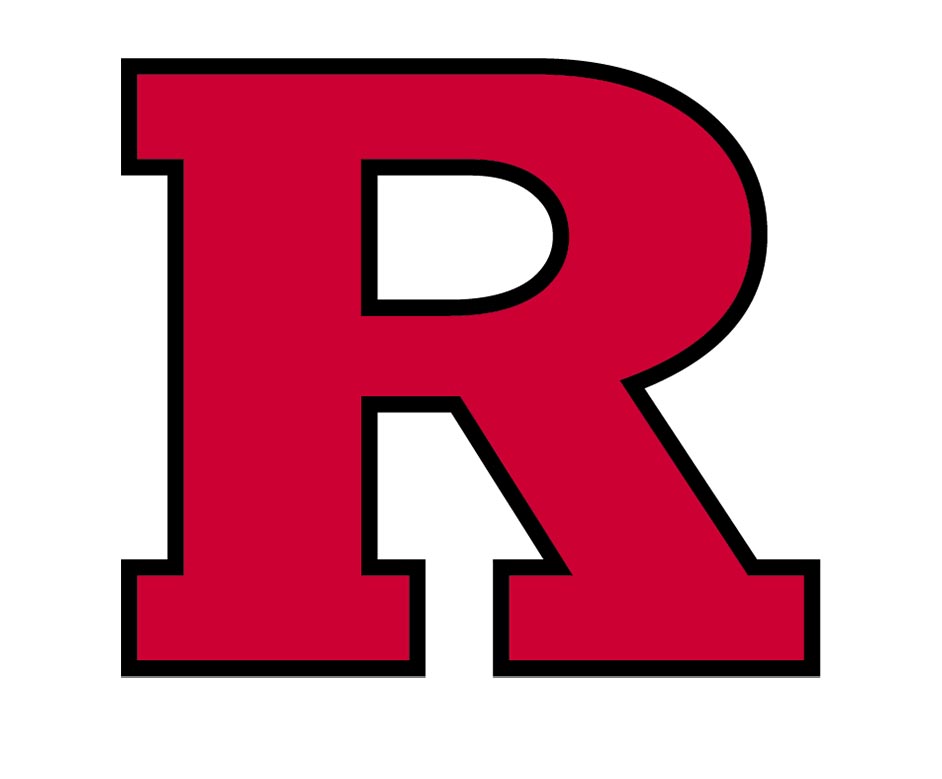Search
Displaying 441 - 450 of 5172
Lemish, D. & Götz, M. (Eds.) (2017). Beyond the stereotypes? Boys, girls, and their images. The International Clearinghouse of Children, Youth and Media, University of Gothenburg, Sweden: Nordicom.

Mates, A. W., Mikesell, L., & Smith, M. S. (Eds.). (2010). Language, Interaction and Frontotemporal Dementia: Reverse Engineering the Social Mind. Equinox.

Jordan, A., & Roaf, P. (1993). The UAW-Ford Youth Education Sponsors Program: An assessment of early progress. Report to the UAW-Ford Foundation. Philadelphia: Public/Private Ventures.

Jordan, A. (1996). The state of children's television: An examination of quantity, quality and industry beliefs. (Rep. No. 2). Philadelphia: The Annenberg Public Policy Center of the University of Pennsylvania.

Jordan, A., & Sullivan, J. (1997). Children’s educational television regulations and the local broadcaster: Impact and implementation. (Rep. No. 13). Philadelphia: The Annenberg Public Policy Center of the University of Pennsylvania.

Jordan, A., & Woodard, E. (1997). The 1997 state of children's television report: Programming for children over broadcast and cable television. (Rep. No. 14). Philadelphia: The Annenberg Public Policy Center of the University of Pennsylvania.

Jordan, A. (1998). The 1998 state of children’s television report: Programming for children over broadcast and cable television. (Rep. No. 23). Philadelphia: The Annenberg Public Policy Center of the University of Pennsylvania.

Jordan, A. (1999). The Three-Hour Rule: Insiders’ perspectives. (Rep. No. 29). Philadelphia: The Annenberg Public Policy Center of the University of Pennsylvania.

Jordan, A. (2000). Is the Three-Hour Rule living up to its potential? An analysis of educational television for children in the 1999/2000 broadcast season. (Rep. No. 34). Philadelphia: The Annenberg Public Policy Center of the University of Pennsylvania.

Jordan, A., Albright, A., Branner, A., & Sullivan, J. (December, 2003). The state of closed captioning services in the United States: An assessment of quality, availability and use. Report to the National Captioning Institute Foundation.
